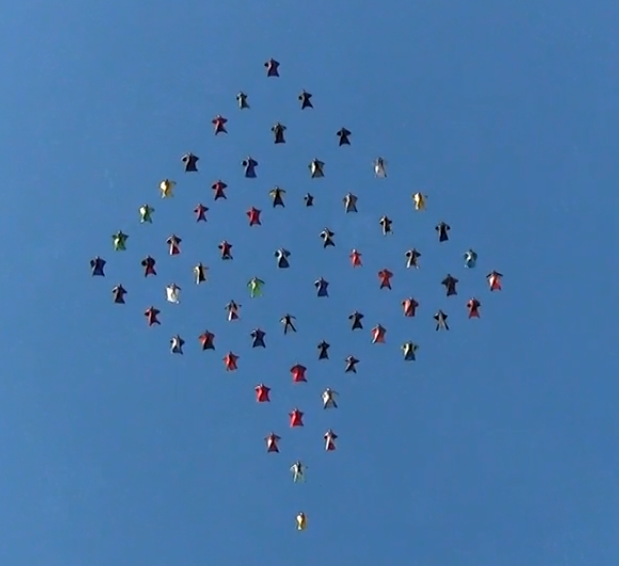Recommended Posts
kallend 2,226
QuoteThus, we can summarize by predicting that a glider, with its long wingspan will have a high L/Dmax, and as such will be able to glide a long way. However, it will inherently need to fly at a large angle of attack and therefore, be quite slow.
>>>>>>>>>>>>>>>>>>>>>>>>>>>>>>>>>>>
"Quite slow" is the key point.
Drag increases with the square of the velocity.
Flying slowly minimizes drag.
... improving your lift to drag ratio, aka: glide ratio.
Lift increases as the square of velocity too.
You should fly at AoA that provides the best Cl/Cd for best glide ratio (in still air), and that depends on the polar of the complete airframe.
JK (licensed glider pilot).
...
The only sure way to survive a canopy collision is not to have one.
The only sure way to survive a canopy collision is not to have one.



>>>>>>>>>>>>>>>>>>>>>>>>>>>>>>>>>>>
"Quite slow" is the key point.
Drag increases with the square of the velocity.
Flying slowly minimizes drag.
... improving your lift to drag ratio, aka: glide ratio.
Share this post
Link to post
Share on other sites